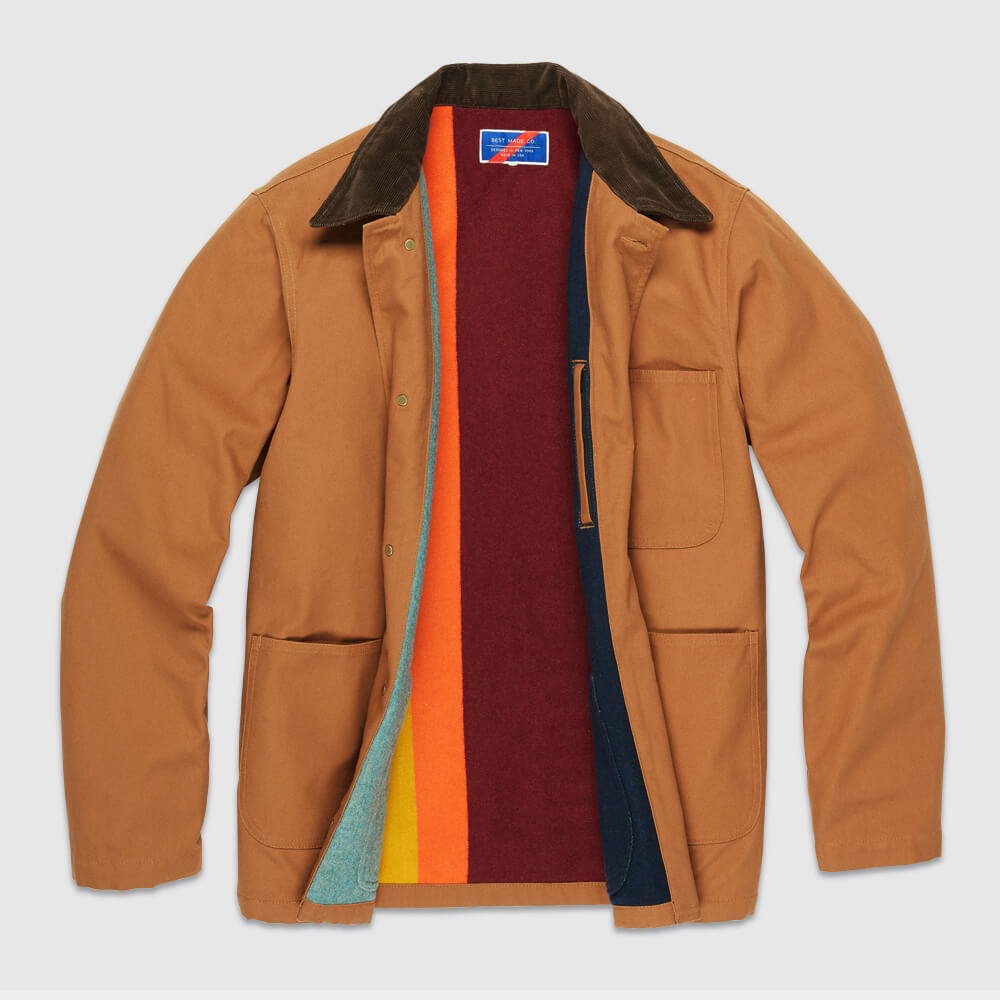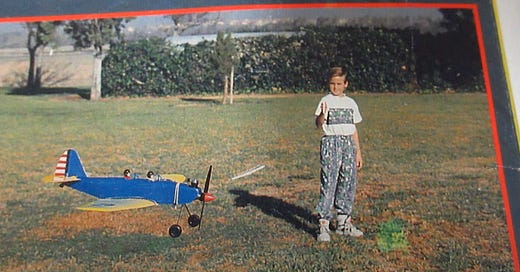
Why is this interesting? - The Musical Intro Edition
On music, media, and the way platforms shape content
Colin here. I’m fascinated by how the prevalent platforms of our time shape creativity and culture. In the Economist this week, friend of WITI Justin Kalifowitz talks about how the streaming services are altering songwriting:
“WHERE THE streets have no name”, the first song on U2’s blockbuster 1987 album, “Joshua Tree”, begins with 40 seconds of ambient noise. A guitar arpeggio enters and accelerates into the driving rhythm of the drums and bass that arrive around 1:10. Nearly two minutes pass before Bono breathes the first lyrics. Such leisurely intros are no more, says Justin Kalifowitz of Downtown Music Publishing, a rights manager. Streaming platforms like Spotify have reshaped the music business—and pop songs. The gist of it: songwriters now get to the good stuff sooner.
Artists are paid if there’s at least 30 seconds of play time. So, it seems apparent that there needs to be some sort of payoff early, lest the attention dwindles and the compensation evaporates. Gone are the epic intros in favor of something that might grab you by the figurative lapels.
Why is this interesting?
This is yet another in a long history of media shaping messages. In this case it’s how streaming platforms like Spotify are influencing how artists (or even just a teen in their bedroom) create music. This also goes well beyond music, as Ben Young laid out in WITI 5/15 - The Amazon Prime Edition.
Of course, each platform is different, shaping the content that streams through it in unique ways. Tik Tok, for instance, has a wholly different set of incentives shaping its musicians. From an excellent deep dive into the social platform by Jia Tolentino:
Certain musical elements serve as TikTok catnip: bass-heavy transitions that can be used as punch lines; raps that are easy to lip-synch or include a narrative-friendly call and response. A twenty-six-year-old Australian producer named Adam Friedman, half of the duo Cookie Cutters, told me that he was now concentrating on lyrics that you could act out with your hands. “I write hooks, and I try it in the mirror—how many hand movements can I fit into fifteen seconds?” he said. “You know, goodbye, call me back, peace out, F you.”
It’s pretty clear what works in that space: Earworm hooks, pop, and snippets that can be morphed and re-appropriate to hilarious ends. The power of the platform is it is shamelessly serving up algorithmic dollops of the best performing stuff, over and over, with ever-growing scale.
As Tolentino asserts, “TikTok favors whatever will hold people’s eyeballs. … This pattern seems relatively trivial when the underlying material concerns shaving cream and Crocs, but it could determine much of our cultural future. The algorithm gives us whatever pleases us, and we, in turn, give the algorithm whatever pleases it. As the circle tightens, we become less and less able to separate algorithmic interests from our own.”
The Lil Nas X story has been told to death, but I think there’s a new generation of artists that will adapt (or compromise) their original ideas or ideals to make a bit of a deal with the devil (in this case a Chinese owned platform) for exposure and potential distribution. To some extent, this has always been the case, but what is most striking is the pace at which it’s happening today. The unanswered question was one Larissa Pham alluded to in a recent WITI: Should art (or work) have to make concessions to distribution? (CJN)
Coat of the Day:
Best Made is a cult brand that makes quality things, mostly for the outdoors. Though it is still oddly muggy in New York, this blanket-lined chore coat conjures up visions of chopping wood in cold, crisp air. Perhaps Fall can arrive sometime soon? (CJN)

Quick Links:
On the Far Right Past of Ingvar Kamprad, Founder of Ikea (NRB)
Cloud business is big business: Google Cloud Worth $225 Billion, Deutsche Bank Says (NRB)
Per today’s topic, I highly recommend reading some Marshall McLuhan. His ideas about media, and its relationship with messages, has shaped the way I think about the world, particularly when it comes to platforms and their content. He can also be a little tough to get started with, so I suggest getting going with The Medium is the Massage, a picture book version of his theories. It’s great. (NRB)
Thanks for reading,
Noah (NRB) & Colin (CJN)
PS - Noah here. I’ve started a new company and we are looking for our first/lead product designer and also a frontend engineer to join the team. If you are a product designer or know anyone who is great, please share. Dinner’s on me at a restaurant of your choice if you help us find someone.
Why is this interesting? is a daily email from Noah Brier & Colin Nagy (and friends!) about interesting things. If you’ve enjoyed this edition, please consider forwarding it to a friend. If you’re reading it for the first time, consider subscribing (it’s free!).








